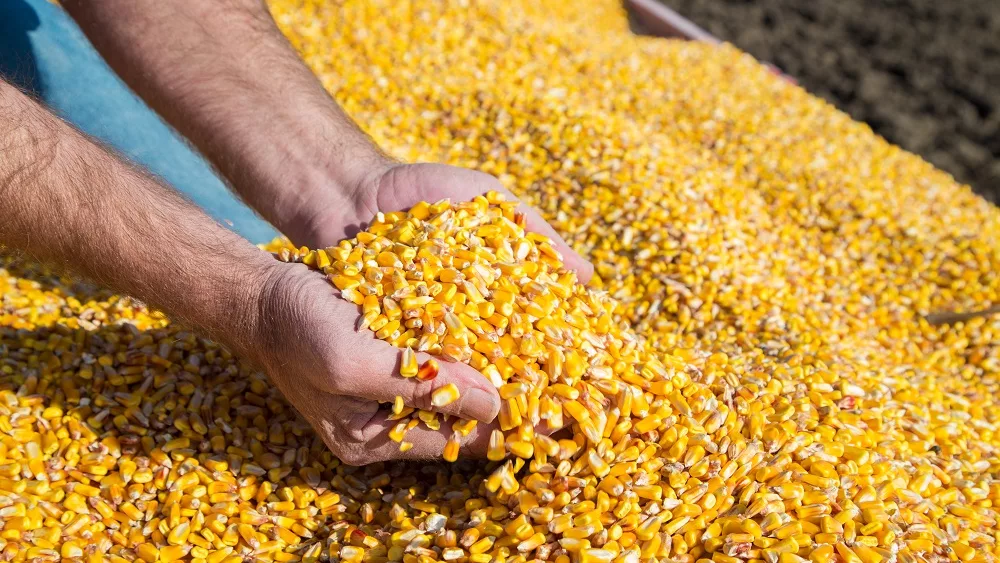
On Feb. 9, a confirmed case of H5N1 highly pathogenic avian influenza was identified in a turkey flock in Dubois County, the first in commercial poultry in the United States since 2020 and the first in Indiana since 2016. Since then, five more cases hit southern Indiana, resulting in the depopulation of over 170,000 commercial turkeys.
A new case in Indiana hasn’t been identified since March 1, but new detections of high path avian influenza continue to mount across the country. One official says the outbreak has not affected as many birds as the big 2015 event so far but, of course, “It certainly is still evolving.”
Dr. Rosemary Sifford with USDA’s Animal and Plant Health Inspection Service says there are some encouraging things to report. One is that more of the detections this time are coming from direct contact with infected wild birds, “rather than spread between domestic flocks. So, it does look like our producers are working really hard on their biosecurity.”
And she says they need to because, “it does look like this virus is very prevalent in the environment in the wild birds, and so even people with excellent biosecurity could be challenged.
She said producers are not only doing a better job of biosecurity, but they’ve also been much better about rapid reporting of sick birds, “and I think that’s really worked in our favor,” allowing faster quarantine and depopulation, which are keys to controlling the spread of the virus.
In Indiana, the control areas surrounding the farms where avian influenza was found have been lifted. Four farms in Dubois County remain under quarantine until the final steps of the flock plan are complete, including compost disposal, virus elimination, environmental sampling for presence of the virus, and a fallow period.
According to the Indiana Board of Animal Health, avian influenza does not present a food safety risk; poultry and eggs are safe to eat. Officials are not aware of any public health significance with this virus. No cases of human infection have been reported.




